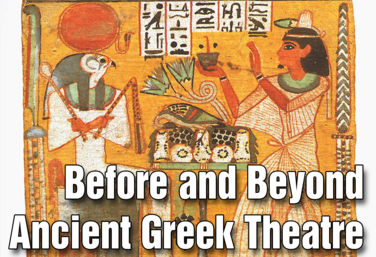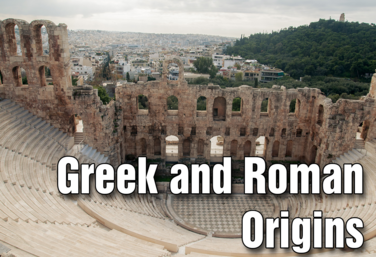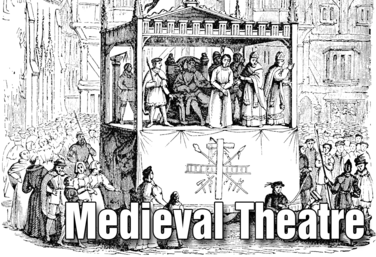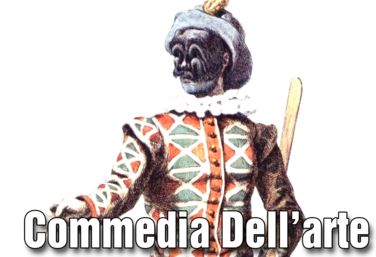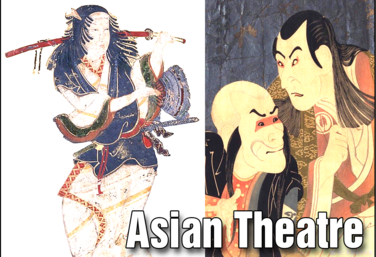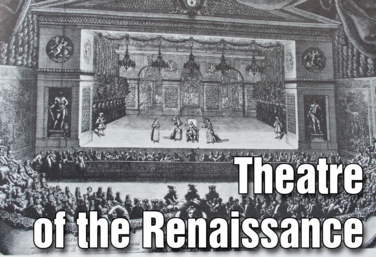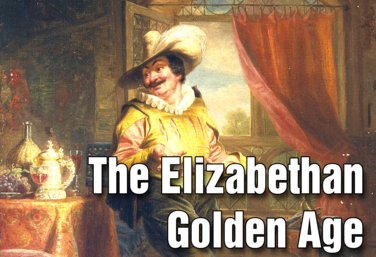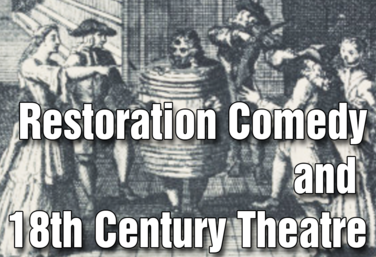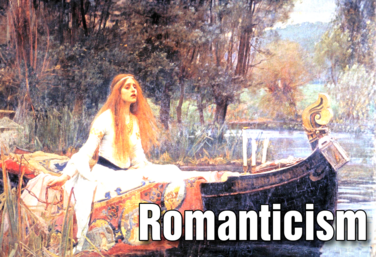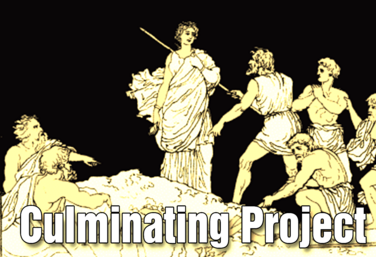Theatre History Curriculum
There are many ways to build a curriculum for the drama classroom. One of them is to base each unit in an era of theatre history and have students apply what they learn in a theatrical manner. This theatre history curriculum starts with Ancient Egypt, Sanskrit drama, and Indigenous storytelling, then moves on to Ancient Greek theatre, and ends with 19th century Romanticism. Feel free to adapt the units in this curriculum to fit your students and your situation. Or pick and choose different units to supplement your program.
The goal of this curriculum is to focus on how students learn, how they plan, and strategies for their learning, and what social and emotional skills can be applied through discussion and effective and efficient group work.
Refer to the Distance Learning guide for ideas on how to adapt this curriculum to a remote teaching or hybrid environment.
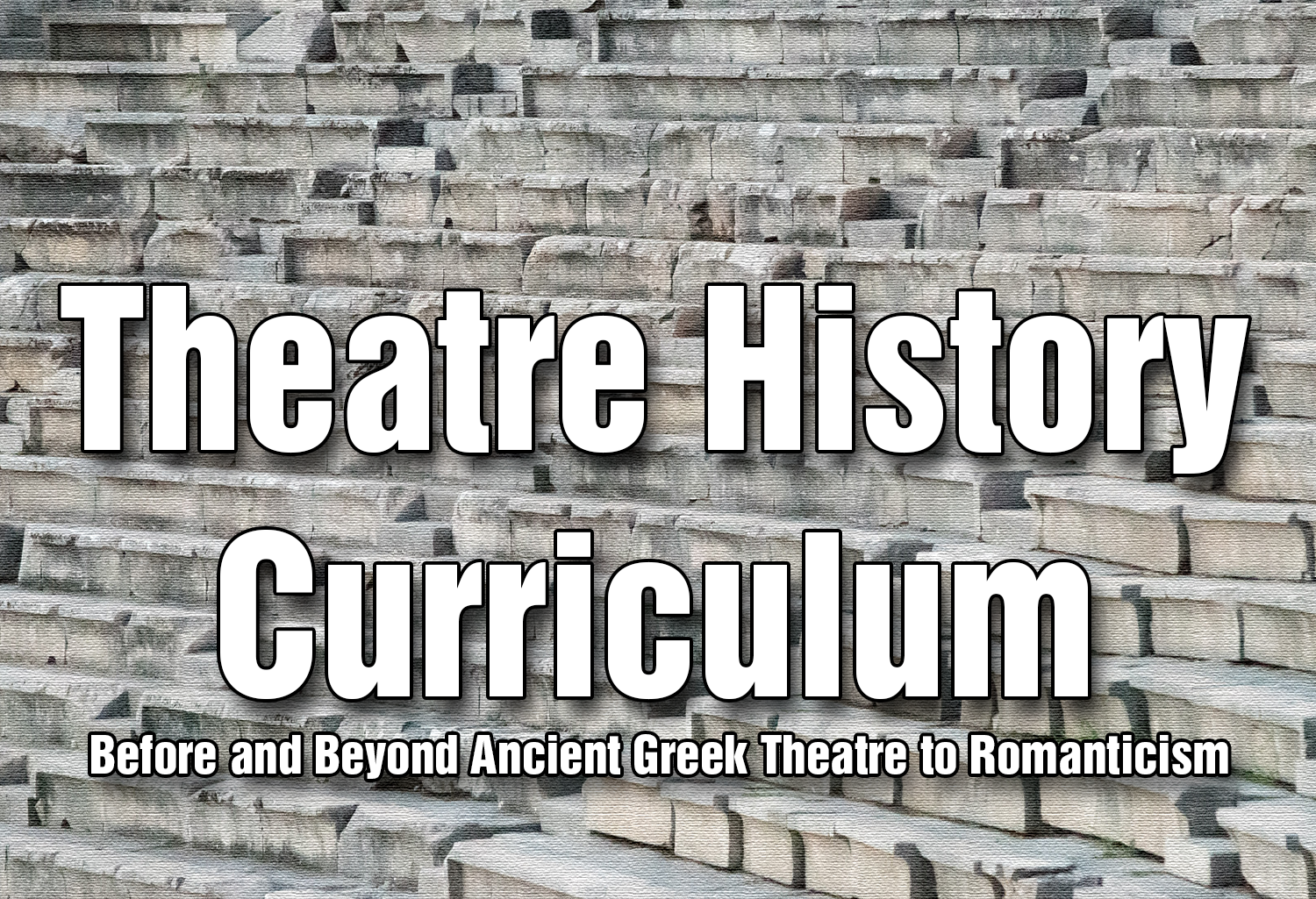
10 Units
Overview: Theatre History
by Drama Teacher Academy
There are many ways to build a curriculum for the drama classroom. One of them is to base each unit in an era of theatre history and have students apply what they learn in a theatrical manner. This theatre history curriculum starts with Ancient Egypt, Sanskrit drama, and Indigenous storytelling, then moves on to Ancient Greek theatre, and ends with 19th century Romanticism. Feel free to adapt the units in this curriculum to fit your students and your situation. Or pick and choose different units to supplement your program.
The goal of this curriculum is to focus on how students learn, how they plan, and strategies for their learning, and what social and emotional skills can be applied through discussion and effective and efficient group work.
Refer to the Distance Learning guide for ideas on how to adapt this curriculum to a remote teaching or hybrid environment.
Unit 1: Before and Beyond Ancient Greek Theatre
by Drama Teacher Academy
In the study of theatre history, when we discuss the origins of theatre, most start with the Ancient Greeks. Unit 1 of this curriculum will look at the theatre of Ancient Egypt, Sanskrit drama, and Indigenous storytelling.
Unit 2: Greek & Roman Origins
by Drama Teacher Academy
For Ancient Greece, we will examine the ritual origins of tragedy and the Festival of Dionysus. We will explore the theatre conventions of the day including the amphitheatre, the use of masks, costumes, and other theatrical devices. Finally, we will introduce the main playwrights and their key plays. Then we will take a short look at Roman theatre with their wholesale appropriation of Greek culture.
Unit 3: Medieval Theatre
by Drama Teacher Academy
We journey from the Dark Ages to the emergence of Medieval drama. The liturgical or religious drama appeared in the churches as a means of religious instruction. Along the way, production moved from being written in Latin to the local vernacular and then outgrew the churches. The guilds then took over the production responsibilities. The plays came in four types: mystery, miracle, morality, and mummers plays. These can be remembered as the four Ms of Medieval drama.
Unit 4: Commedia Dell'Arte
by Drama Teacher Academy
We take a side trip to Italy to discover a secular comedic form: Commedia Dell’arte.
Students will be introduced to the form, explore the characters and themes, and put their knowledge to practical application by creating a commedia character.
Unit 5: Asian Theatre
by Drama Teacher Academy
It’s important to step outside of Western Eurocentric Theatre. In this unit, we are going to focus on the Asian theatre forms that developed in China and Japan. Note: We acknowledge that a unit on Asian theatre that only covers the theatre origins of two countries does not represent Asia. To go beyond what is offered here please see the Diversity
Document.
Unit 6: Theatre of the Renaissance
by Drama Teacher Academy
In this unit, we return to Western theatre and to Italy, where we will witness the birth of the Renaissance and the discovery of linear perspective. Then we travel on to the Golden Age of Spanish theatre. We will pass by the Elizabethan Golden age (we’ll cover it in the next unit) and end the Renaissance journey by discovering French neoclassicism and the Rules of Drama.
Unit 7: The Elizabethan Golden Age
by Drama Teacher Academy
We continue our look at the Renaissance era with the Elizabethan Golden Age. This golden age of theatre started when James Burbage built the first permanent playhouse in England, called The Theatre. Of the more than 80 playwrights in Elizabethan and Jacobean theatre, the three most significant were Christopher Marlowe, Ben Jonson, and William Shakespeare. This age came to an abrupt end when the Puritans executed King Charles I, abolished the crown, and closed all the theatres.
Unit 8: Restoration Comedy & 18th Century Theatre
by Drama Teacher Academy
We will travel through two time periods in this unit. First, we will explore Restoration Comedy in late 17th century England. When the Puritan-led Commonwealth failed and King Charles II was restored to the throne, theatre was also restored. The Comedy of Manners mocked the behaviour and loose morals of the upper class. The lack of theatrical works in the 18th century comes down to three things: playwrights tended to write for opera rather than theatre, censorship and control of theatrical content, and, more than anything, society of the day valued conformity over originality. In France and England, fearing attacks and mockery, the crown and the government passed laws that strictly censored theatre.
Unit 9: Romanticism
by Drama Teacher Academy
Romanticism broke away from the strictures of the neoclassical era preferring instead the Medieval/Gothic periods. The Romantic notion of finding beauty and humanity in the ugly is epitomized by Quasimodo in Victor Hugo’s The Hunchback of Notre Dame. The movement rejected Enlightenment, scientific rationalism, and the Industrial Revolution; rather, it embraced intuition and emotion over reason. On one hand, the tail end of neoclassicism led to the well-made play. On the other hand, the emphasis on emotion led to melodrama and an artificial declamatory acting style.
Culminating Project
by Drama Teacher Academy
The goal of this culminating assignment is to give students the opportunity to demonstrate knowledge of a variety of theatre history eras; connect, compare, and contrast between the eras; and, lastly, to connect, compare, and contrast what has happened in the past to what is happening in the present.

